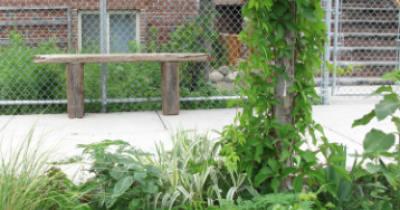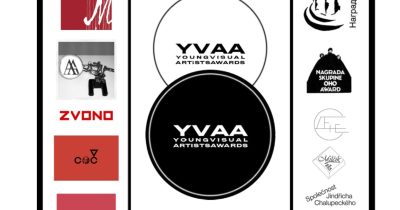‘‘Nature is Our Body’’ edited by Nazlı Gürlek explores a series of artistic and cultural practices from Turkey and the Middle East that critically engage with the Earth’s resilience and regenerative quality. Drawing from a range of historical and contemporary references, this ArteZine brings together four contributions that inquire about a common ground between nature and culture with the backdrop of climate change and a decaying landscape.
Revolving around the largely disregarded shamanic traditions of Anatolia, ‘‘The Woman’s Tent: Plot for an Imaginary Exhibition’’ contemplates a fictitious presentation featuring two of artist Nil Yalter’s historic works: an installation entitled Nomad’s Tent (Topak Ev/La Yourte): A Study of Private, Public, and Feminine Spaces (1973), and Shaman (1979), an early video that will be available online for the first time in the artist’s four-decade career. Intending to infiltrate hope in a drought-stricken piece of land, the show is set to be installed at a museum situated in a remote village, an ancient home of shamanism, in North-Eastern Turkey.
In ‘‘And Yet My Mask is Powerful,’’ artists Basel Abbas and Ruanne Abou-Rahme contemplate the possibility of finding a new imaginary in the wreck, sampling visual and written materials including multi-layered photo-collages, poetry and text from ongoing research for their new, eponymously-titled project.
Artist and environmental designer Carmen Bouyer and sociologist Ayça İnce discuss their shared interests in indigenous cultures and farming in a conversation entitled ‘‘Plant to Harvest Solidarity and Resilience.’’ Unpacking surprising parallels between the programming of an Istanbul-based urban farming initiative that İnce runs and Bouyer’s recent artistic production in İstanbul and İzmir, the dialogue flows between the domains of culture, agriculture and arts in search for potential strategies of self-sufficiency and sustainability.
Writer Aslı Seven concludes the issue with an essay entitled “Reimagining Nature as Culture: Expanding the Boundaries of Making and Thinking of Art in the Anthropocene.” With debates from last year’s “How to think the Anthropocene?” conference in Paris in the background, Seven investigates contemporary art’s potential in understanding today’s complex ecological changes with a focus on two recent art works: Study for a Monument (2013-) by Abbas Akhavan and Who Carries the Water (2015) by İz Öztat & Fatma Belkıs.
For this issue of ArteZine and to learn more about the contributors click here.




